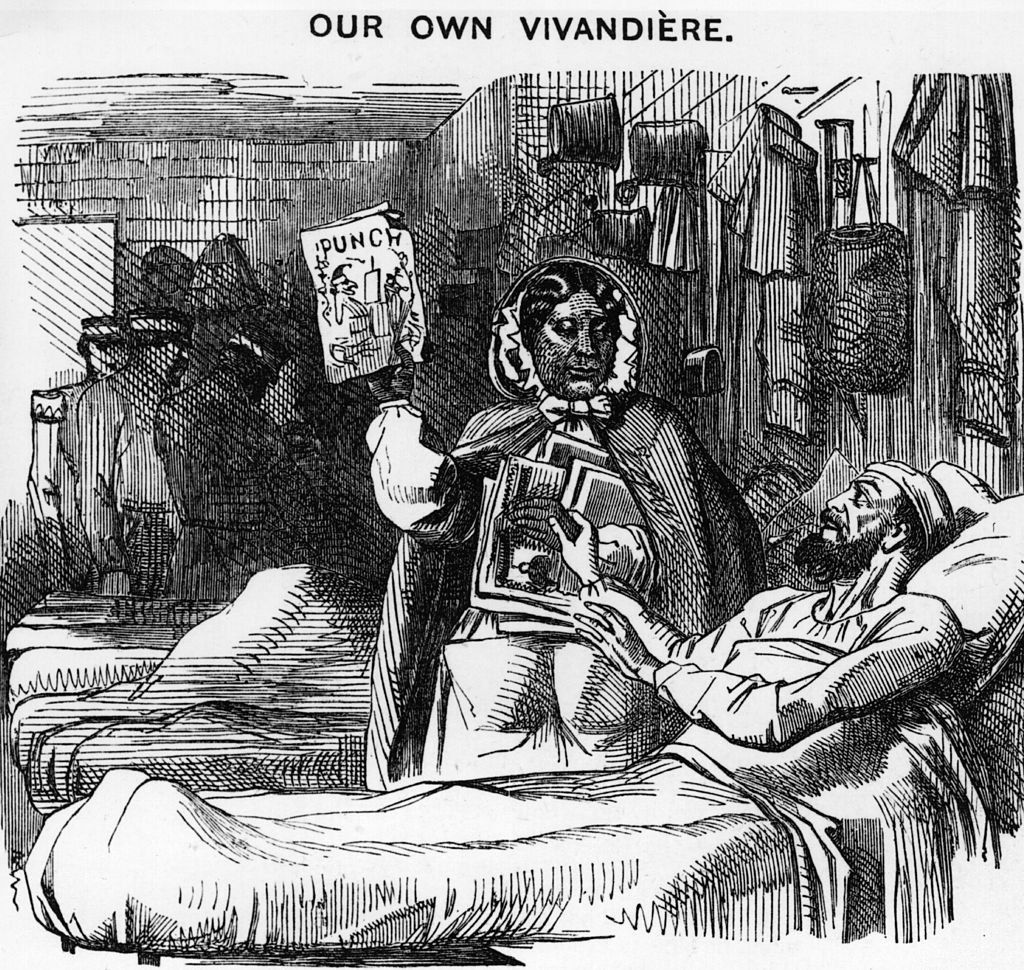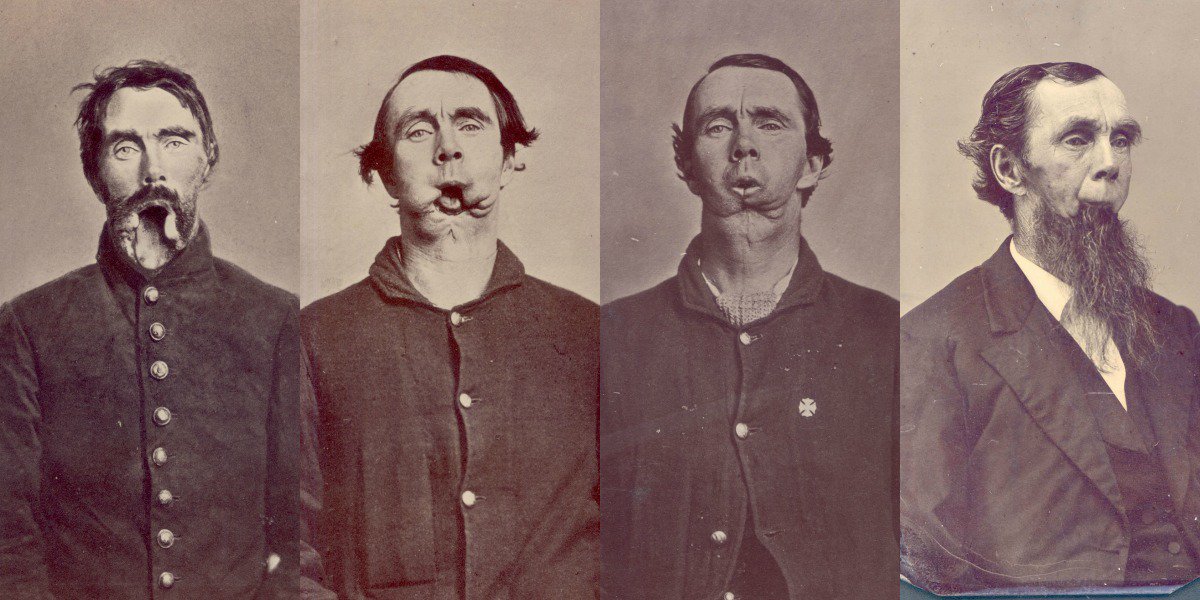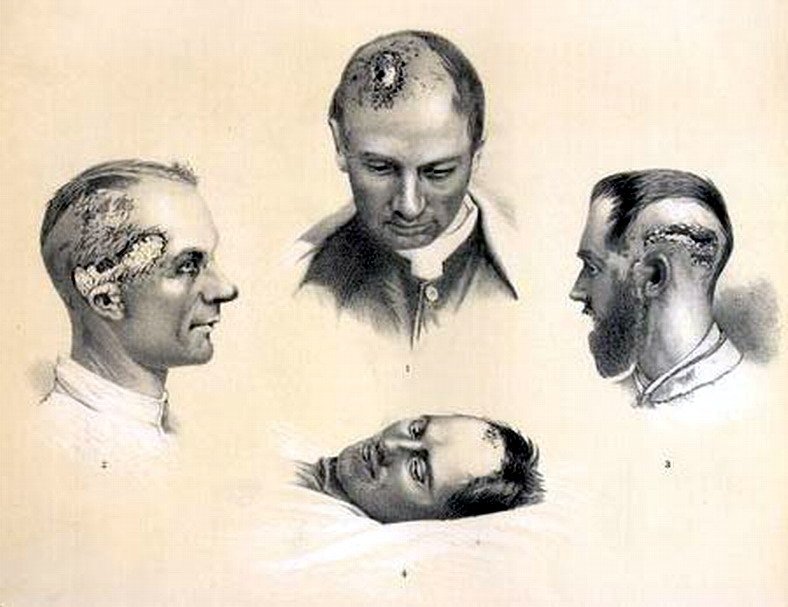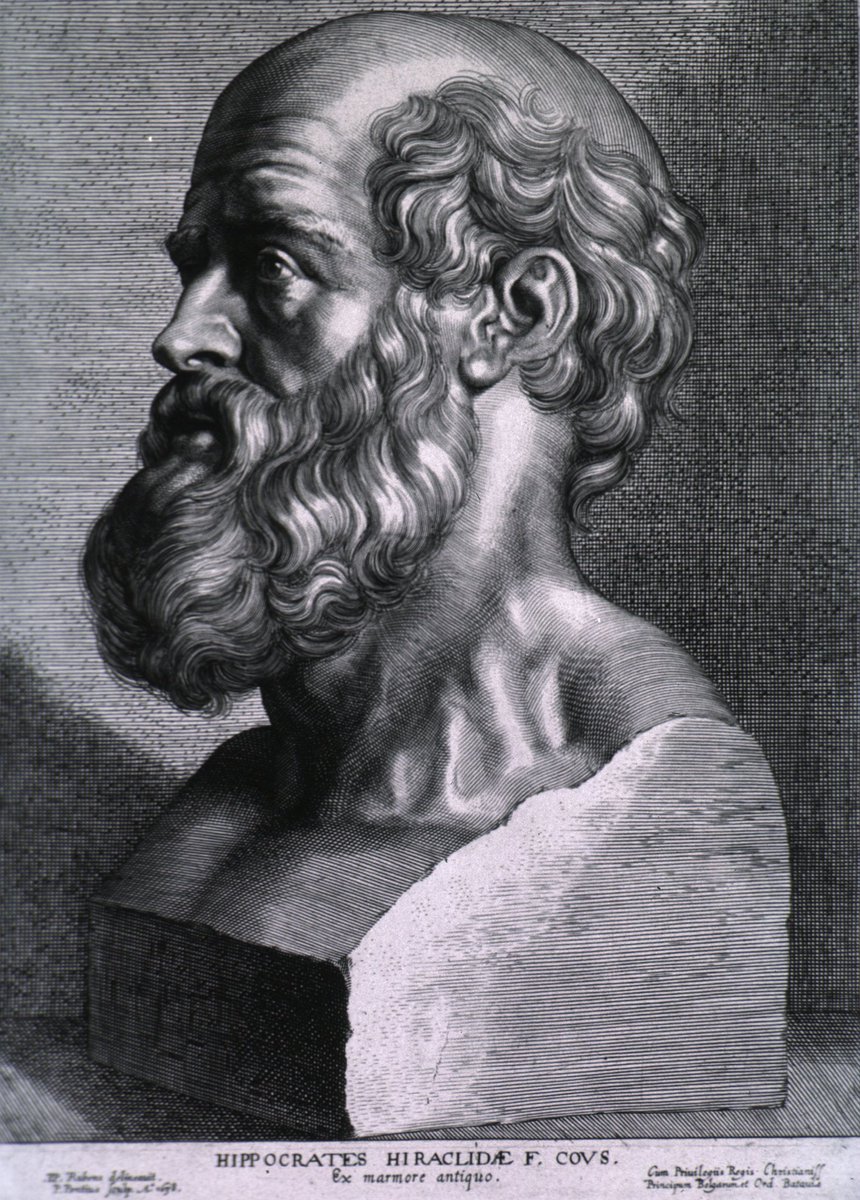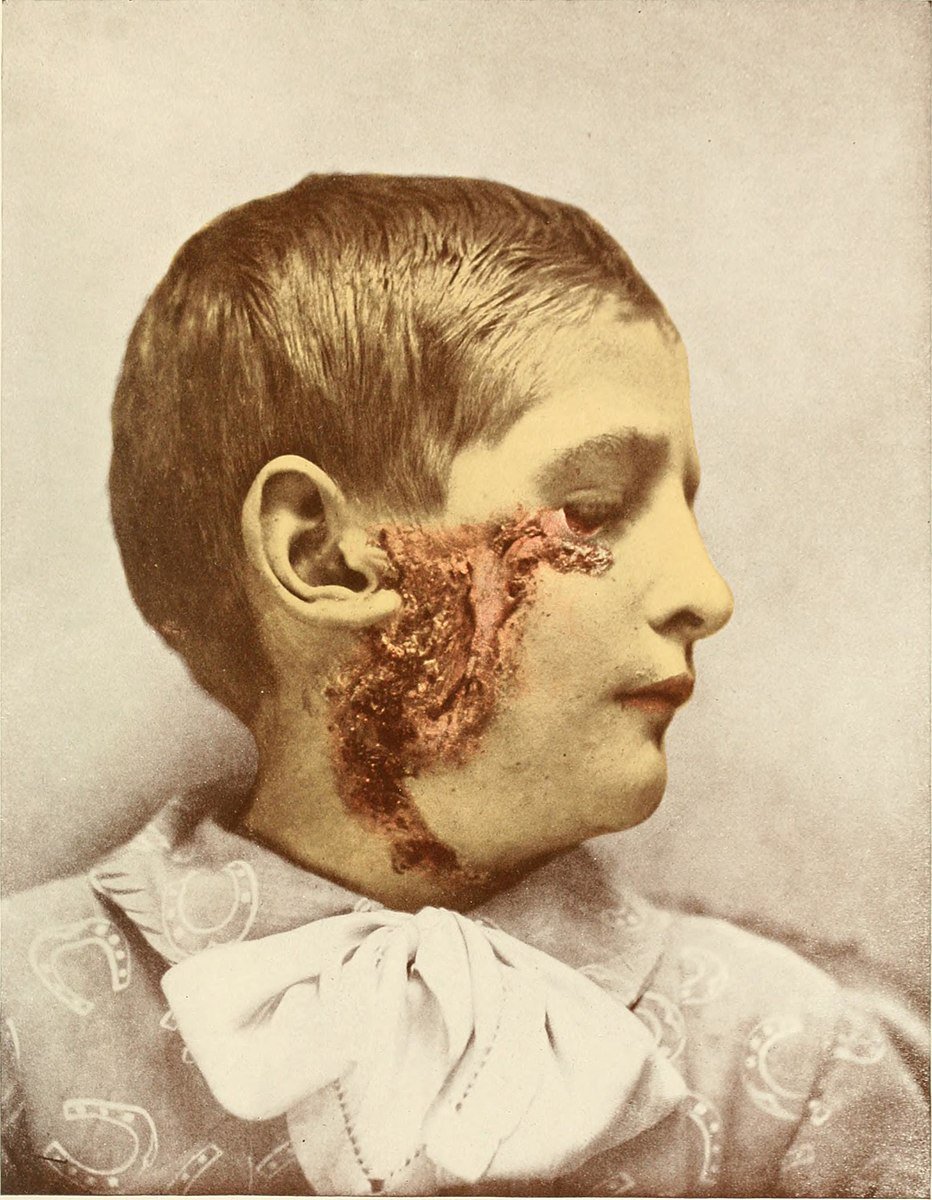
(1/7) THREAD👇
Here’s a true story about a woman who survived her execution, only to end up on the anatomist’s dissection table in the 17th century. Follow along as I untangle this terrible tale for you.
Here’s a true story about a woman who survived her execution, only to end up on the anatomist’s dissection table in the 17th century. Follow along as I untangle this terrible tale for you.

(2/7) It was a cold, blustery morning in 1651 when Anne Greene, an unmarried woman, was led to her place of execution at Cattle Yard in Oxford. Just days before, she had been found guilty of murdering her newborn baby and hiding its corpse in her employer’s house. 

(3/7) As she approached the gallows, she declared her innocence, blaming instead "the lewdness of the Family wherein she lately lived." Afterwards, the executioner secured the noose around her neck & turned the ladder, leaving her to hang before the crowd. 

(4/7) Thirty minutes passed, during which time her friends yanked on her legs to hasten death. Eventually, Anne’s body was cut down, placed in a coffin, and taken to Thomas Willis and William Petty to be dissected - as the bodies of many murderers were at this time. 

(5/7) But just as they were about to make an incision which would split the body open from the sternum to the pubic bone, a strange sound emanated from the “corpse.”
ANNE WAS ALIVE!
ANNE WAS ALIVE!

(6/7) Willis and Petty quickly came to her aid, pouring hot cordials into her mouth, rubbing her arms and legs to warm her body, and bleeding her. Within twelve hours, Anne was able to speak. 

(7/7) Given her miraculous revival, Anne was granted a reprieve and declared innocent, the new conclusion being that the baby had been stillborn. She later married and bore three more children.
A chilling tale with a happy ending... sorta.
A chilling tale with a happy ending... sorta.

• • •
Missing some Tweet in this thread? You can try to
force a refresh











